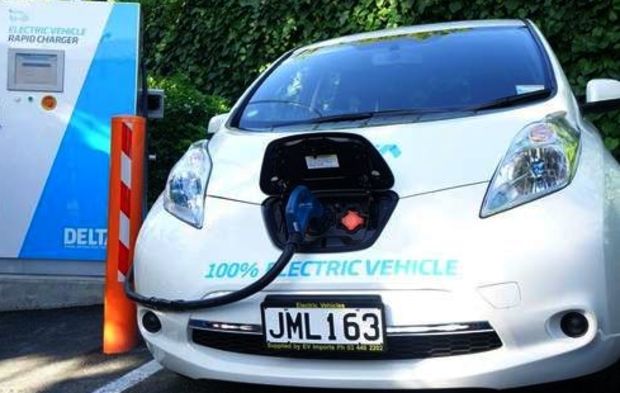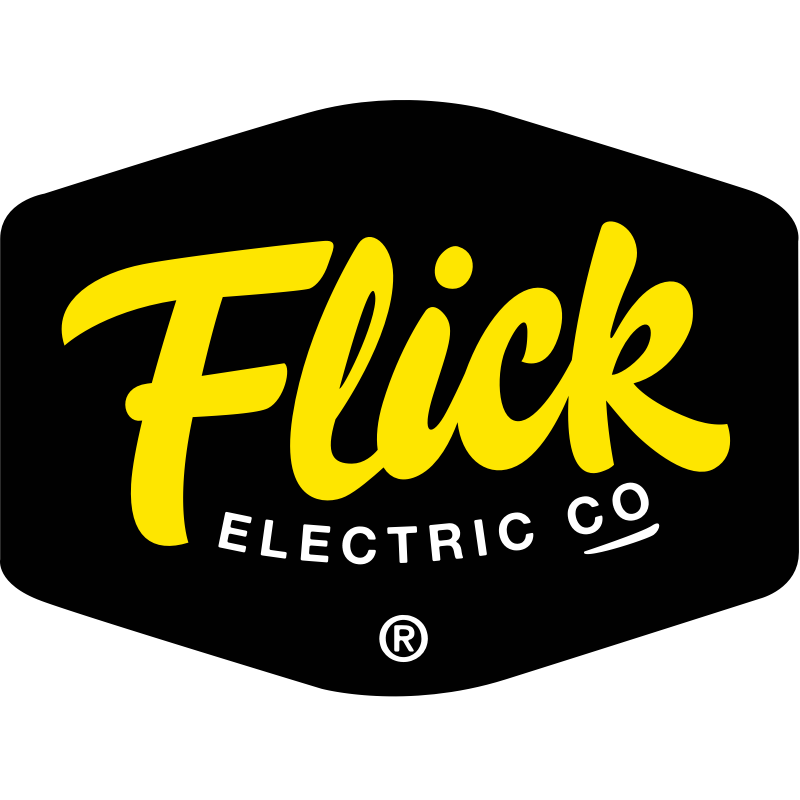Consumer NZ’s Survey of Energy Retailers
A recent Consumer NZ survey on energy retailers involving 1,500 customers revealed information about the country’s power plans. From customer satisfaction levels to certain plans that are the most popular prepaid power option, here are three of the biggest results from the survey’s data.
Globug Most Used Prepaid Power
Operated by Mercury Energy, prepaid power provider Globug is the most popular prepaid power option currently available. Its 25,400 customers are comprised of people who typically lack adequate credit histories needed to receive a standard power account with another retailer.
The survey results showed that one-third of Globug prepaid power customers have had to borrow money from family and friends to pay their bills. An additional twenty percent had to take out a loan.
As a pre-pay service designed to target customers that need help with managing their household’s energy costs, the results from Globug are not surprising according to Mercury officials.
Globug’s Customer Base Unhappy with Value for Money
Globug’s overall customer satisfaction levels had increased and were above 60 percent. However, the customer base was most likely to be dissatisfied with the value for money they received.
Mercury officials understand that value for money is of high importance to Globug customers which is why this a focus area for the company, too.
To keep electricity costs fair for already financially strapped prepay customers, Consumer NZ is requesting improved customer protections. Currently, one of the more affordable ways to top up is with internet banking – yet many prepayment households lack home internet. Completing the top up in-store costs 75c.
Better consumer protections would increase fairness for prepay customers, who pay additional fees and comparatively higher rates that non-prepayment customers.
Overall Customer Satisfaction Levels
The survey also displayed that just over half (51 percent) of Kiwis thought they were getting good service from their energy companies.
Although most of the content customer base was with Genesis, Contact, Mercury, Trustpower and Meridian, the smaller brands received the highest customer satisfaction ratings. Powershop followed by Nova Energy were the best ranked.
Costly Energy Rates are Worrisome for Kiwis
Over 30 percent of New Zealanders are worried about their household’s power costs and some of our homes aren’t as warm as we would like.
About 15 percent of customers are trying to save money by reducing their heating costs.
If you’re interested in saving on your energy costs in a simple, convenient way, check out Switchme’s services today.










